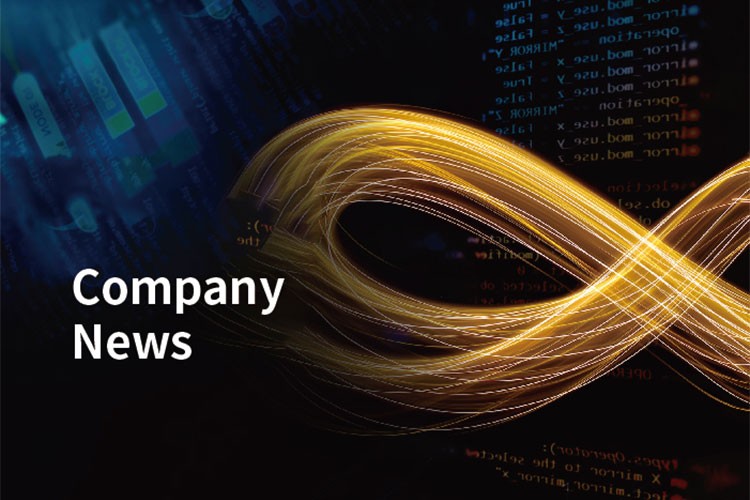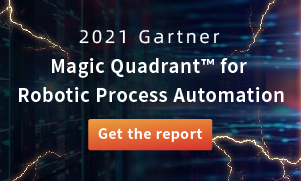The Risk management for security in robotic process automation (rpa)
· Rapid process automation (rpa) is a fast technology that institutionalizes and organizes a range of process-oriented jobs or tasks. It is recognized as the keystone component of digital transformation programmes. While the robots employing automation and robotics automate (rpa) software may improve the quality, reliability, and efficiency of data and agreements, the staff can focus on the more crucial and gratifying jobs.
· The modern digital workforce needs special access and credentials to connect to goal platforms and other software like CRM, ERP, distribution networks, logistic, and banking institutions and finish automated functional activities. Insecure settings cause the bulk of cyber-attacks using passwords.
· The risk of a cyber-attack rises if organizations deploy unmanaged remote access applications (rpa) robots or RDA robots using standard credentials. The account passwords that the robotic software use may significantly increase the risks if they are maintained insecurely.
The use of rpa (remote process automation):
The use of remote process automation (rpa) entails a number of security concerns, including the loss of sensitive data and information. Numerous processes can be effectively automated depending on the sort of organization. Automation platforms may access a variety of sensitive information belonging to an organization's staff, suppliers, and clients, including record lists, keywords, usernames, economic data, addresses, and praise card numbers. Therefore, the RPA's governance and security are crucial.
Robotic process automation risks (rpa)
· Risks associated with tool selection:
Robotic process automation (rpa) is seen as a significant threat as a result of industry hype. Many tool providers claim to have automation capabilities that enable screen-scraping, but mistakes may ensue if they don't have full-screen automation methods.
· Risks associated with sourcing for robotic process automation (rpa):
Choosing the incorrect sourcing strategy might cause undue damage. Numerous factors, such as selecting an inappropriate consulting partner, adopting dangerous cloud data compliance procedures, and lacking internal experience, might result in this type of damage.
· Hazards related to operations or implementation:
Reducing performance or vital influence requires the use of the appropriate operational model. Ineffective bot use, high maintenance costs, and uneven robot performance all contribute to operational and implementation concerns.
How to create an environment for rpa controls?
There is a greater need to comprehend the right amount of risk associated with adopting new technologies as rpa programmes offer stages that allow businesses to advance the computerization range near more intelligent robotics laterally. The hazards connected to rpa and the internal control system are less well recognized
· Create a governance framework:
Implementing an efficient governance model that includes a thorough automation strategy is essential for the success of an rpa risk and controls programme. The well-defined, well-documented procedures and controls of the efficient governance operating model directly affect a company's capacity to deal with the operational and financial risks related to the deployment of bots.
· Create computerization coding and arrangement:
As businesses choose their rpa stage, data of the required automation's corporate and explanation enterprise needs should be kept on file so that internal and external auditors may carry out the necessary automated control testing processes. Businesses that don't prepare the correct paperwork during the creation of bots risk leaving a hole in the internal control system.
· Utilize current controls:
Businesses creating bots should consider how the bot will affect their current controls. Control actions are required to handle the risks of the intended automation not functioning correctly after a bot has started to run. The rpa controls, such as keeping an eye on transactional logs and unforeseen events, might be helpful to businesses in ensuring that the automated process is carried out successfully.
· Access control:
In conventional IT, organization IDs and end-user IDs are used to identify users. The number of IDs is equal to the number of business roles. Differentiating between people and bots accessing IT systems becomes more crucial whether businesses choose to employ automation that represents "digital workers" or a grouping of "digital workers" and individuals.
· Manage a changing environment:
A corporation's rpa risk and controls depend on efficient change management. Existing organizational change models must be updated to consider the presence of bots to track the consequences of internal or external modifications such as upgrades, service provider modifications, process workflow alterations, reporting changing requirements, and even changing timelines.
· Detect and report:
When a bot malfunctions, the organization should wisely assess the malfunction's cause, any alterations to the source data, and the extent of the malfunction. In addition to using the assessment data to correct the bot's operational issues, management should also utilize them to assess the policies and processes employed in their bot creation.
· Monitor and escalate:
Based on the results of an entity's continuous and/or independent evaluations of internal control performance, management should be alerted when there may be a vulnerability in the rpa risk and controls environment. For the primary IT components of a digital worker, management must oversee process governance policies and procedures and properly designed and adequate general information technology controls.
Conclusion:
A new technology called robotic process automation (rpa) has the potential to completely change the way labour is done. Routine, rule-based tasks that human employees now carry out can be automated with rpa. Cyclone rpa risk and controls are a great way to ensure that your organization is protected against the potential dangers of robotic process automation. This can increase organizational effectiveness, decrease mistakes, and free up people to concentrate on higher-value tasks. The rpa risks and controls are crucial for assuring the security and safety of rpa systems. CYCLONE solve the trouble, and controls refer to possible dangers and preventative measures that may be required while using or implementing robotic process automation (rpa). The rpa may assist firms in automating routine, rule-based operations, increasing accuracy and efficiency.





